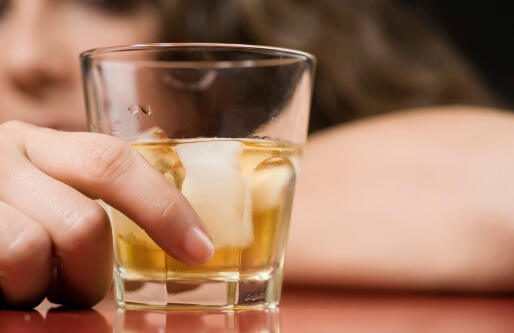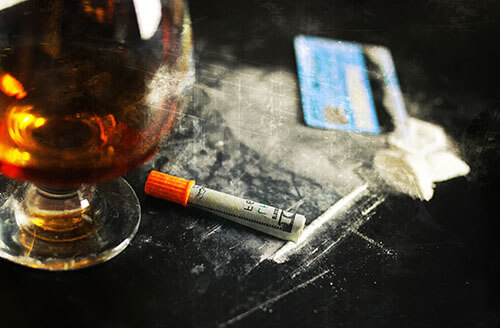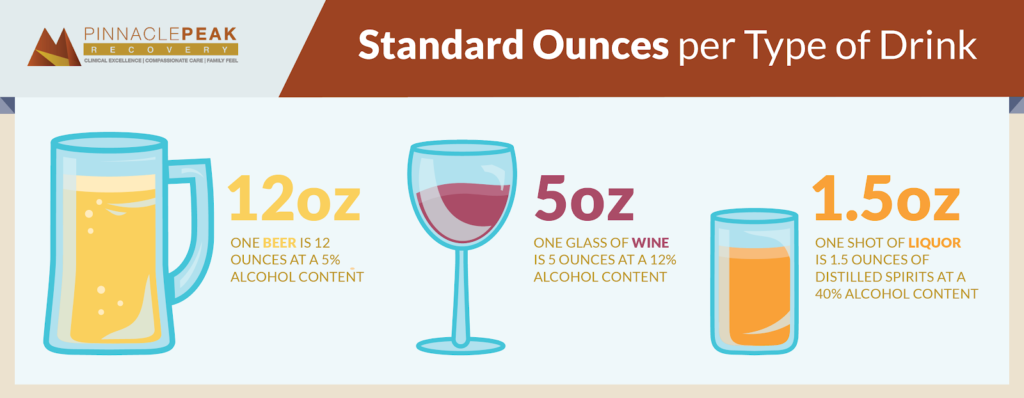Some people don’t realize that alcohol is a depressant. They know that they feel more outgoing after a couple of drinks and that is due to the initial endorphin rush. Some mistakenly believe that cocaine and alcohol are both stimulants. In these cases, drug users seek to heighten the effects of one with the other.
However, there are other reasons, too. Some want to come off an alcohol high and reduce their feeling of being drunk. They try to mask the symptoms of a developing hangover with the well-being they expect from the cocaine high. Others want to bolster the crash after a cocaine binge by taking off the edge with a drink or two.
Cocaine Use and Side Effects
Cocaine in powder form is generally snorted nasally or absorbed by rubbing on the gum line. It can be liquified and injected into the bloodstream or inhaled through the lungs with smoking, which is otherwise known as crack.
A cocaine high is a euphoric feeling of wellness while feeling super aware and focused. When used, a person will quickly experience their symptoms in about five minutes and for a relatively short time, about 30 minutes.
In the case of cocaine, Arizona is the seventh-ranked state in the country among those ages 18-25, with 6.82% having used the drug over a year.
Side effects include:
- Constricted blood vessels and dilated pupils
- Increased body temperature, heart rate, and blood pressure
- Restlessness and irritability
- Tremors, vertigo, and muscle twitches
- Stomach pain and nausea
Depending on how much cocaine is used, someone may behave bizarrely, violently, or experience heart issues. These may include heart rhythm changes or a heart attack. Neurologic conditions could be headache, seizure, stroke, or coma. Sudden death has been reported in rare instances immediately after use.
Alcohol Use and Side Effects
The liver begins to process alcohol after 20 minutes and is only able to metabolize one ounce per hour. Once a person reaches 0.08% blood alcohol, the legal limit, it will take five and a half hours to exit the system.
Depending on how much alcohol is consumed, most people would be surprised to learn that it can remain in your urine for 80 hours and in hair follicles for upwards of three months.
How Much Alcohol Is Actually in Your Drink?
One beer is defined as 12 ounces at a 5% alcohol content.
One glass of wine is 5 ounces at 12% alcohol content.
One liquor drink or shot has 1.5 ounces of distilled spirits at 40% alcohol.
“Hey bartender, can I have another?” This is commonly called out at local drinking establishments. It’s also common to have the bartender eye you, asking the unspoken question of a refill. Sometimes, if they’re familiar with your patterns, a regular bartender will pride themselves on placing one automatically next to your nearly empty glass.
As drink after drink goes down your gullet, you may not realize how much you’ve really had. If draft beer is your choice, it typically comes in a 16-ounce glass or even “tall” which could be 22-ounces or more.

Wine glasses may look empty depending on their goblet size, so some bartenders tend to overpour and one glass can quickly become a two-in-one.
The same goes for liquor overpours, which get real tricky because such a small amount can quickly double or triple and you’ve had your weekly allotment in about 10 minutes! You can monitor your alcohol intake by asking for a specific amount. It is good to know the right pour if you are consuming alcohol at home.
Almost 86% of adults age 18 and older reported drinking sometime in their lifetime, according to the 2019 National Survey on Drug Use and Health (NSDUH). The survey found 60% of them drank alcohol in the past 30 days.
Drinking moderate amounts of alcohol in and of itself may not be inherently harmful. It is also smart to space your alcohol intake between glasses of water and make sure you have eaten.
The NSDUA numbers show 25.8% of people had been binge-drinking and 6.3% were drinking large quantities of alcohol regularly in the past 30 days.
Regarding alcohol, 17.2% of Arizona adults reported binge-drinking or excessive use in the prior month.
Side effects include:
- Decreased fine motor coordination
- Drowsiness or loss of consciousness
- Memory loss/slowed comprehension
- Impaired balance and sense of feeling
- Blurred vision and slurred speech
- Vomiting, urine incontinence
- Depressed breathing and heart rate
- Long-term use can cause stroke, cancer, and liver, pancreas, or heart damage
Alcohol interferes with neurologic pathways in the brain and, depending on the level of alcohol in the body of a person, causes pleasure, depression, disorientation, memory loss, severe physical and mental impairments, possible coma, or death.
Alcohol and Cocaine Dangerous Duo
Severe Health Problems When Mixing Cocaine and Alcohol
Cocaine acts to delay dopamine, a stimulant neurotransmitter, on its path to deliver its chemical message of pleasure, clear thinking, and planning back to a cell. This delay causes a burst of pleasure messages, often referred to as the “rush” or “the high.” It is felt within minutes and for a relatively short time, usually 30 minutes.
Alcohol, on the other hand, is a small molecule that passes through brain cells easily and can cause a person to feel inebriation effects in about 10 minutes. It initially presents itself by releasing endorphins which release pleasure to the frontal part of the brain. However, it is a depressant to the central nervous system and ultimately acts to slow down important functions, such as breathing and heart rate.
When alcohol and cocaine are combined in use, side effects may be compounded with toxic substance levels. These health risks combine, putting your heart at a higher risk. Taking two substances while in a confused state of mind could easily lead to overdose as well. Alcohol and cocaine can each cause dangerous health risks on their own. However, combining cocaine with alcohol can increase health risks, as they have higher toxicity when taken together.
This might seem basic knowledge, even if concerns are brushed aside with the all-too-common thought that “it won’t happen to me.” There is an additional factor that comes into play with these two specific drugs.
Mixing Cocaine and Alcohol Creates Cocaethylene
By using them together, it creates a unique compound called cocaethylene from the coca plant and the alcohol combination.
Cocaethylene is a psychoactive that is not naturally occurring in the coca leaf from which cocaine originates. Cocaethylene forms in the liver region, simmering for a bit, and can cause seizures, liver damage, or sudden death. With most things that attack a major organ internally, a resulting compromised immune system also develops, putting a person at risk for other illnesses.
One study suggests that cocaethylene and cocaine are responsible for the extreme euphoric state a person may reach while using alcohol. The alcohol present in the system was relatively low, but the cocaethylene had sufficiently formed with the interaction. The study further considered the possibility that cocaethylene may act to increase addictive tendencies to cocaine and alcohol by reinforcing brain circuits.
This double whammy to the heart and breathing functions can result in overdose situations requiring emergency care.
All the circumstances and choices a person makes if they are drinking could be toxic in terms of cognitive and physical impairment if they choose to add an illegal substance to the final recipe they put in their system.
Treatment for Co-Occurring Disorders With Dual Substance Use
It’s not unusual to develop co-occurring addictions to substances. You might not even realize that you’re having dependence issues until you fail to provide the body with these drugs.
Knowledge and understanding the basic science behind these drugs is important because you might learn more about the physical effects. By removing these substances from your body, you might become more open to learning more helpful life methods for handling any underlying causes for your addiction.
The good news is that there’s help available to you. An inpatient cocaine rehab and alcohol addiction treatment center is an excellent option for someone with one or multiple addictions.
Treatments focus on helping you overcome cravings and relearning how to live without drug use. Below are a few modalities that we use at Pinnacle Peak Recovery:
- One-on-one talk therapy delivers evidence-based treatments to help you get to the reasons for using in the first place
- Group therapy encourages you to learn from others in recovery and develop a relapse prevention mindset
- Dual diagnosis assessments and appropriate treatments help you to overcome mental health challenges alongside an addiction
- Yoga therapy meets your low-impact exercise needs while triggering natural dopamine release
- Holistic treatments provide you with stress relief tools that counteract the need to use again
Get Help Now
We are here to help you through every aspect of recovery. Let us call you to learn more about our treatment options. If you’re struggling with an addiction, help is available. Even if you’re worried that you might also have a co-occurring disorder, you don’t have to continue suffering.
A treatment center intake counselor will do a full assessment of a person’s medical and substance use history to determine if there is more than one disorder to treat. If this is the case, a complete program will address them both independently and together so a full recovery can be achieved and better preparations made for situations that could trigger a relapse.
The friendly therapists at Pinnacle Peak Recovery routinely work with people just like you, and we love being able to help our client family overcome substance use disorder. Call 866-377-4761 today to talk to an intake counselor.
FAQs:
How May Alcohol and Cocaine Polysubstance Use Affect Consciousness?
Cocaine and alcohol can cause disturbances to a person’s general sleep pattern. Increased levels of dopamine may cause hyperstimulation of the alcohol sedative effect and may cause drowsiness. However, the full sleep pattern needed for a rested beginning to the next day of activities is hard to obtain. Alcohol can cause multiple periods of awakening throughout the night, followed by difficulty falling back asleep.
How Do People Act on Cocaine and Alcohol?
Cocaine will cause a high euphoria but since it doesn’t last long, alcohol is often substituted to dilute the “coming down” feeling. They may be a little more active and restless, pacing around instead of sitting at a table with their drink.
Why Are Alcohol and Cocaine a Bad Combination?
Both drugs affect the body’s central nervous system and can cause a slowed heart rate and seizure, or even coma or death. Also, they combine to create cocaethylene that can cause toxic physiologic effects and could perhaps increase addiction.




